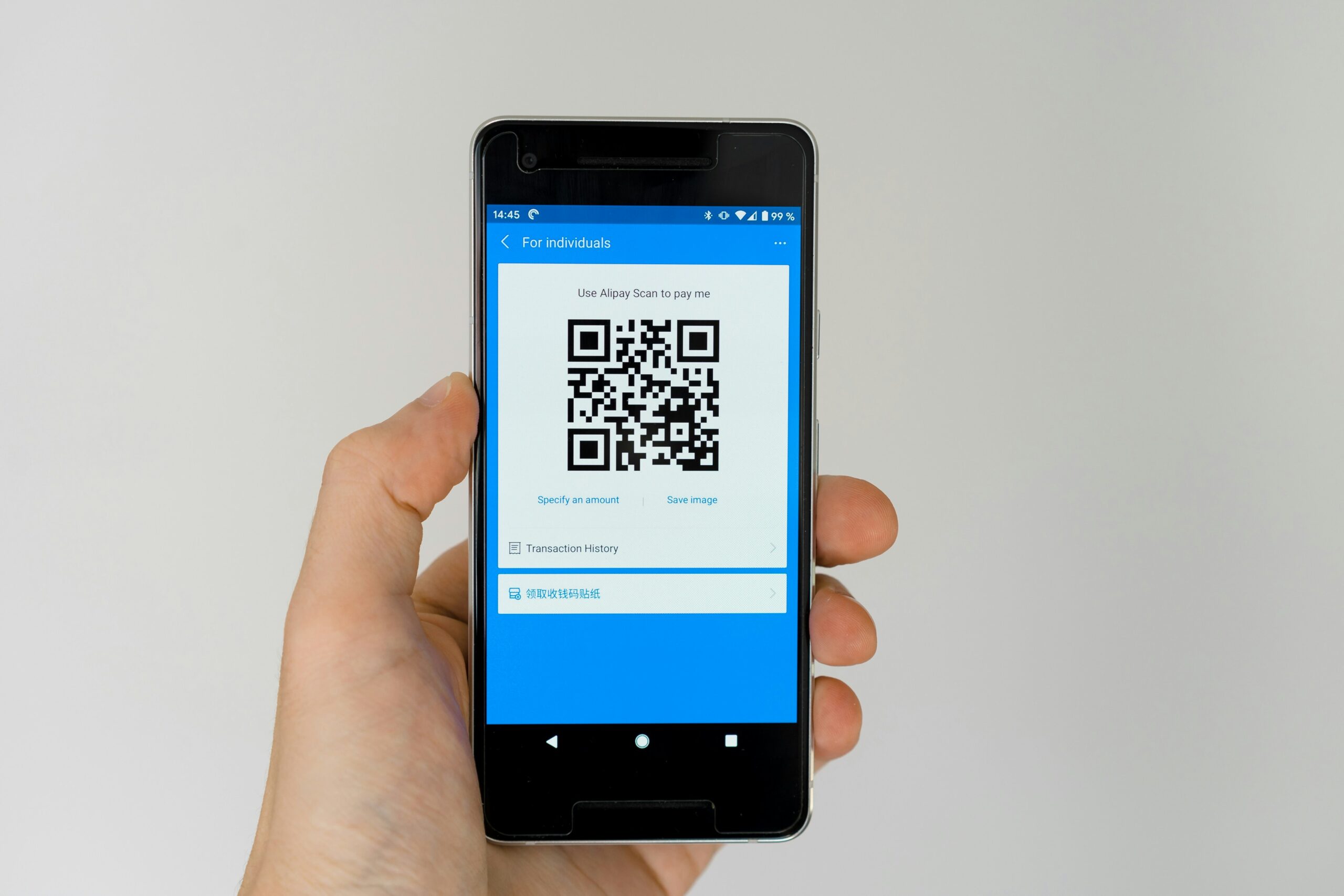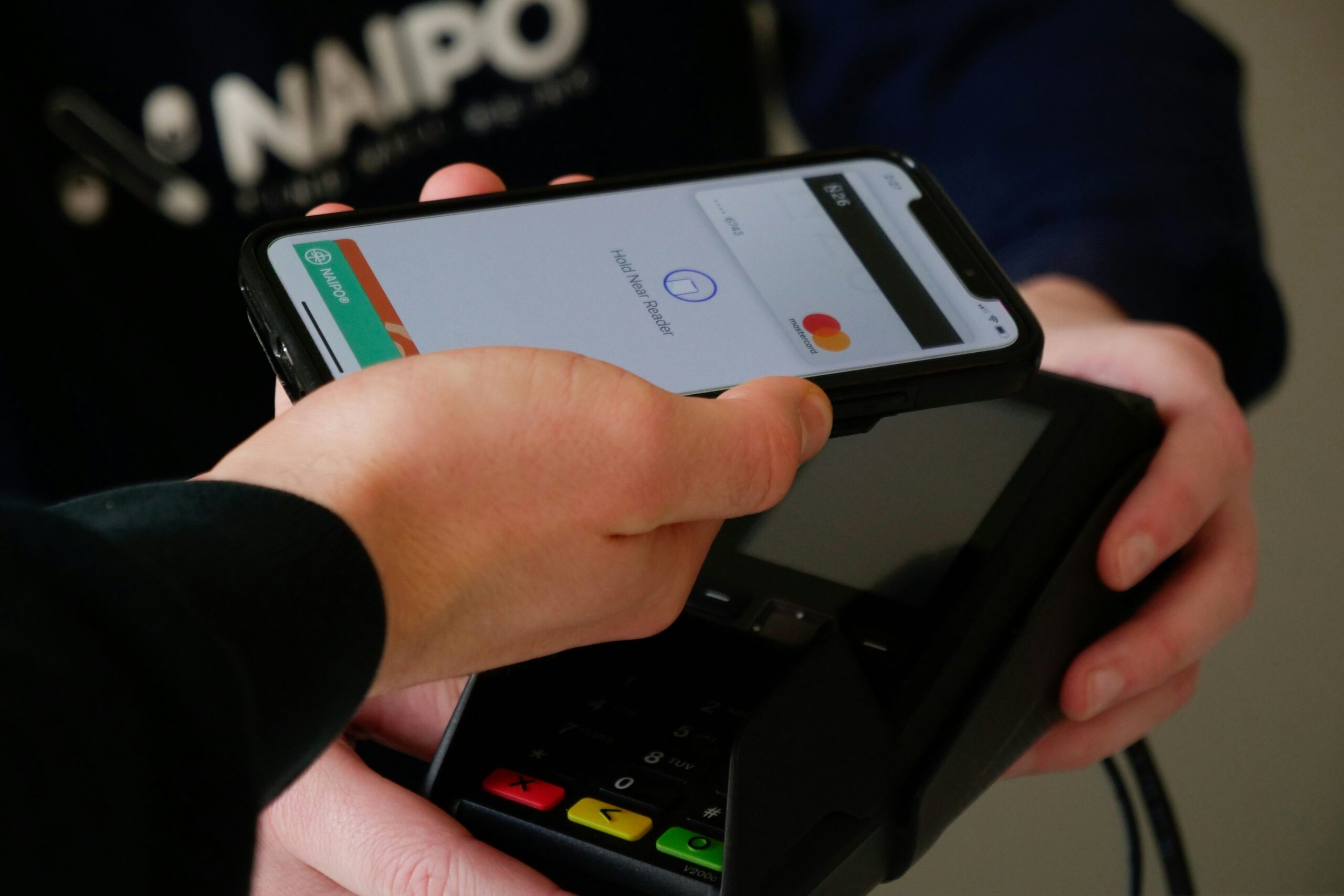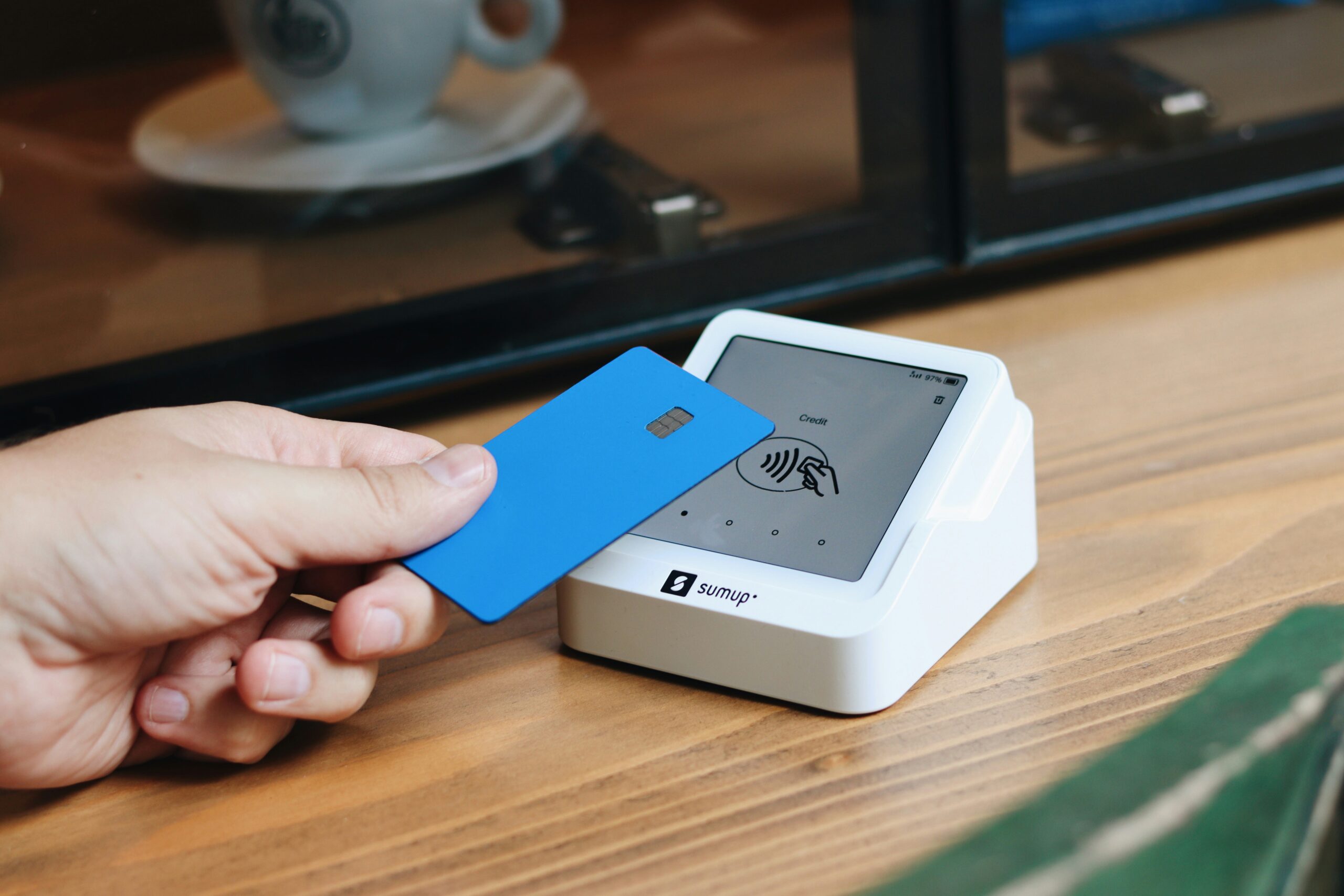For companies of all sizes, safe and easy payment methods are crucial in the current digital economy. Whether you run a small business or an enterprise-level organisation, having a dependable payment platform guarantees seamless transactions, raises income, and enhances customer happiness. Paya has become a prominent online payment provider among the numerous alternatives. With a wide range of solutions to fit different businesses, Paya is well-known for its versatility, intuitive interface, and strong features.

We will examine the fundamentals of Paya in this tutorial, including its main attributes, advantages, setup procedure, and advice for making the most of it.
Choosing Paya
Paya is a unique option for businesses because of its advantages. The following explains why many businesses use this service:
Ease of use
The platform’s user-friendly tools and straightforward design make handling payments a breeze.
Versatility
Paya is available to a wide range of clientele since it accepts a number of payment options.
Security
Paya guarantees the protection of consumer data through tokenisation and PCI compliance.
Integration
It easily connects with e-commerce platforms like Shopify and well-known accounting programs like QuickBooks.
Scalability
Paya can expand with your company, regardless of how big or little it is.
Setting up Paya for your business
With Paya, getting started is simple. To set up the service for your company, take the following actions:
Step 1: Sign up for an account
Register for an account on the official Paya website. You will be required to submit basic company information throughout this procedure, including:
- Business name
- Contact information
- Tax ID or Employer Identification Number (EIN)
- Bank account details for payouts
Once registered, you’ll receive access to the Paya merchant portal.
Step 2: Choose your payment solutions
Paya provides a range of services to meet diverse demands. Among the options are:
- Paya connect
For businesses requiring seamless integrations and real-time payment tracking.
- Paya mobile
Ideal for businesses on the move, like food trucks or on-site service providers.
- ACH processing
Suitable for recurring payments or bulk transactions.
Select the solutions that align with your business model.
Step 3: Integration with existing systems
Paya makes it simple to integrate with current systems by offering plugins and APIs. Paya’s solutions simplify the procedure, whether you’re using an online shopfront or QuickBooks to manage invoices.
- For e-commerce, install the relevant plugin (e.g., Shopify, Magento).
- For accounting, link Paya with your software for automated transaction tracking.
Step 4: Configure payment options
Decide what kinds of contributions you will take. You may set up features like eChecks, ACH transfers, debit cards, and credit cards using Paya. Adapt the settings to your company’s requirements by adding late fines or scheduling regular payments, for example.
Step 5: Test transactions
Make sure everything functions properly by conducting test transactions prior to going live. Simulate payments with Paya’s sandbox atmosphere without compromising your real data.
Using Paya
There are following key features of Paya and how to maximize them.
- Payment flexibility
Paya’s versatility means you can accept payments in various ways:
Online payments
Perfect for e-commerce platforms.
In-person transactions
Use Paya’s POS systems to accept card payments in-store.
Mobile payments
Process transactions on-the-go using mobile devices.
- Recurring billing
Paya’s functionality that allows for recurring billing is revolutionary for a subscription-only businesses. Set up automatic payments for monthly bills, services, or affiliations. You’ll have consistent cash flow, and customers will like the ease.
Establish recurring billing by defining the amount, frequency, and mode of payment. Easily manage and adjust subscriptions using Paya’s dashboard.
- ACH and eCheck payments
Paya is perfect for organisations that handle substantial transactions or require a low-cost card substitute since it offers ACH and eCheck processing. These techniques are particularly well-liked in fields like education and healthcare.
- Real-time reporting
Comprehensive information on transactions, refunds, chargebacks, and other matters are available on the Paya merchant site. Utilise this information to track patterns, spot bottlenecks, and streamline processes.
- Enhanced security
Paya uses state-of-the-art security measures, such as:
Tokenization
Replaces sensitive data with unique identifiers.
Encryption
Protects payment data during transmission.
Fraud prevention tools
Monitors transactions for suspicious activity.
Common challenges and how to address them
While Paya is user-friendly, businesses may encounter minor challenges:
Integration issues
Ensure your systems meet Paya’s requirements. Contact Paya’s support team for assistance if needed.
Transaction errors
Double-check payment configurations and test before going live.
Customer queries
Use Paya’s invoicing and notification tools to keep customers informed about payment statuses.
Final thoughts
Paya is a complete solution for contemporary organisations aiming to improve client experiences, expedite transactions, and guarantee safe payments. It is more than simply payment processors. You may maximise Paya’s potential for your company by utilising its many features and adhering to this advice.
Paya adjusts to your demands whether you’re administering a subscription-based service, operating an online store, or taking payments in person. It is understandable why companies from a variety of sectors choose Paya as their preferred payment platform given its combination of adaptability, security, and user-friendly features.
Now that you know exactly how Paya operates, it’s time to put it into practice and see how your company grows!
You may also find these articles helpful
The transaction cost of Algorand
Advantages and disadvantages of Theta network
The transaction cost of Stellar









